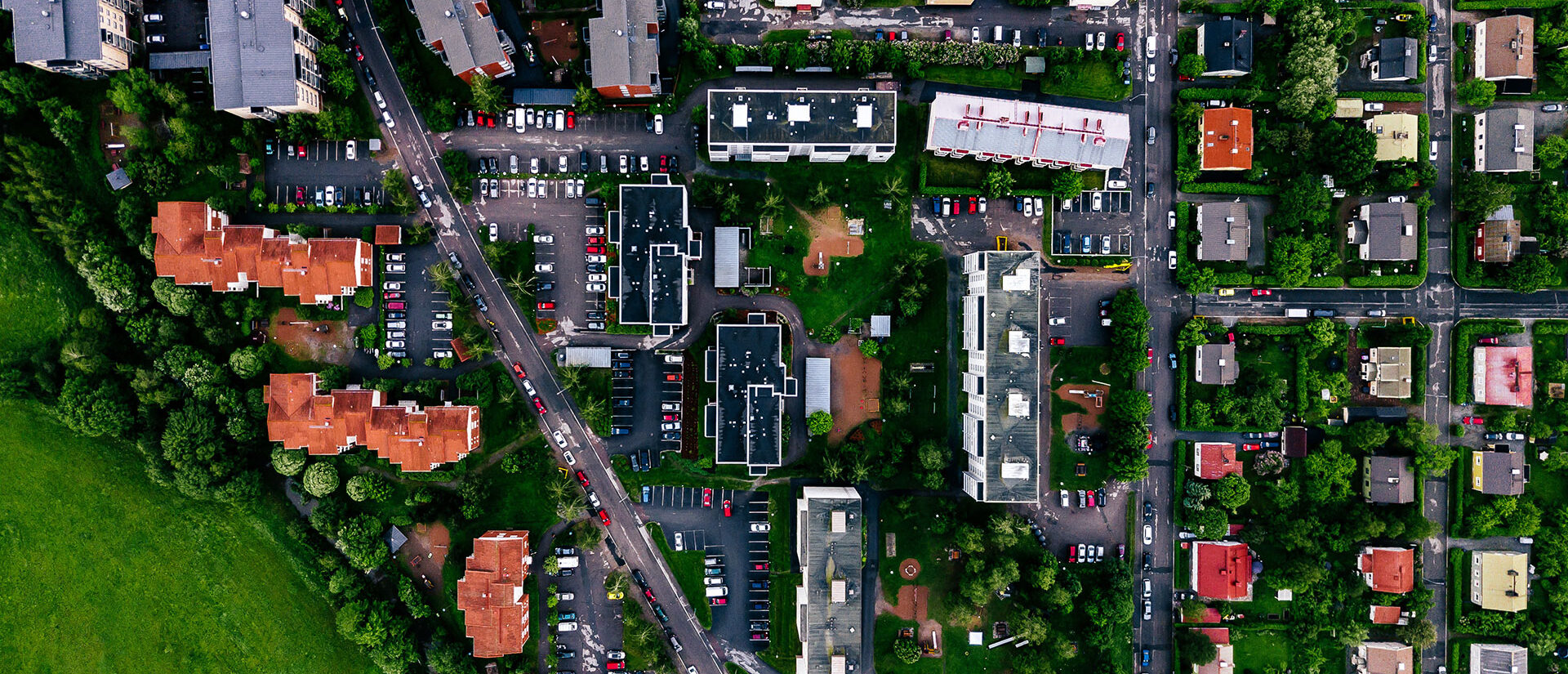- Ruokamarkkinat
- PTT Raportteja
(Regional Differences in Structural Change of Finnish Agriculture) Perttu Pyykkönen. 2001. Pellervon taloudellisen tutkimuslaitoksen raportteja n:o 180. 61 s. ISBN 952-5299-47-3, ISSN 1456-3215.
Tiivistelmä: Tutkimuksessa on tarkasteltu maatalouden viimeaikaista rakennekehitystä ja arvioitu näkymiä seuraavan kymmenen vuoden aikana. Tilalukumäärän vähentyminen on ollut voimakkainta Itä- ja Pohjois-Suomessa. Tilamäärämuutosta merkittävämpää maaseudun elinvoimaisuudelle on kuitenkin tuotantorakenteen muutos. Tuotanto näyttää selvästi keskittyvän niille alueille, joilla asianomaista tuotantoa on jo ennestään runsaasti. Kaikkein selvintä tuotannon siirtyminen on maidontuotannossa. Paitsi alueittain tuotanto on keskittynyt myös tilojen välillä siten, että suurimpien tilojen osuus tuotannosta on kasvanut. Tilanne näyttää lähivuosina myös säilyvän samanlaisena sekä tilamäärän vähenemisen että tuotannon keskittymisen osalta. Tähän viittaavat alueiden väliset erot investointi- ja sukupolvenvaihdosaktiivisuudessa samoin kuin erot luopumisalttiudessa ja -tavoissa. Myös analyysi ensimmäisenä viljelemättömyysuhan alla olevasta pellosta tukee käsitystä tuotannon keskittymisestä ja syrjäisimpien alueiden elinvoiisuuden heikentymisestä. Tutkimuksessa tehtiin myös demografinen projektio tilamäärän kehityksestä vuoteen 2010. Kokonaisuudessaan tilamäärä vähenisi tämän projektion mukaan vuoteen 2005 mennessä noin 61 000 tilaan ja vuoteen 2010 mennessä jo alle 50 000 tilaan.
Avainsanat: rakennekehitys, alueelliset erot, keskittyminen
REGIONAL DIFFERENCES IN STRUCTURAL CHANGE OF FINNISH AGRICULTURE Pellervo Economic Research Institute Reports No 180, 61 p. ISBN 952-5299-47-3, ISSN 1456-3215.
Abstract: The purpose of this study is to examine recent changes in the structure of Finnish agriculture. It also aims to project structural changes up to the year 2010. The number of farms has decreased most in the eastern and northern parts of Finland. Moreover, the change in production structure affects the economic viability of the countryside more than the diminishing farm numbers affect it. Production clearly concentrates to the areas where it is already strong. The most distinct example of this can be seen in milk production. In addition to regional concentration, production concentrates between farms, i.e. the share of production of the largest farms increases, which is a course of development that seems to continue in the near future. That assumption is based on regional differences in investments and generation change activity as well as on the willingness and the different ways of giving up production. Also the analysis of such arable land as is threatened to be left permanently uncultivated supports regional concentration and the weakening viability of the most remote countryside. The purpose of the study is also to produce a demographic projection of farm numbers up to 2010. According to the projection, the number of farms will be reduced to approximately 61 000 by 2005 and below 50 000 by 2010.
Key words: structural change, regional differences, concentration

